Cotoneaster hedge
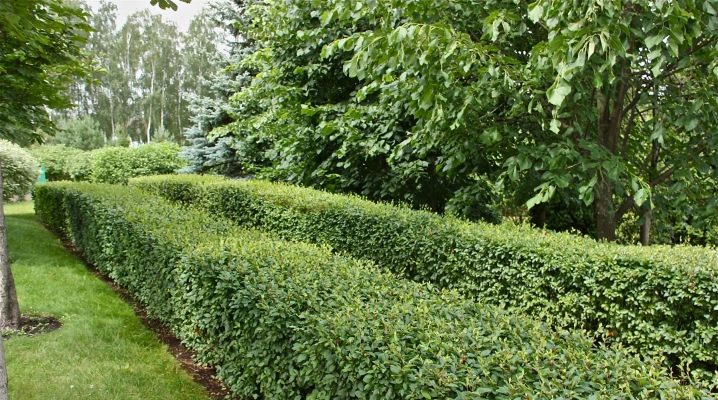
Fencing an area with a living fence is in great demand for a number of reasons. First of all, it looks aesthetically pleasing and beautiful, another advantage is privacy. And for creating a hedge, a better plant than a cotoneaster cannot be found, which can be seen by a more thorough study of this issue. This shrub has a number of advantages that distinguish it from other varieties of greenery. This is a multifunctional option for ennobling the territory. Your attention is offered detailed information about the features of the cotoneaster and the nuances of creating a hedge from it.
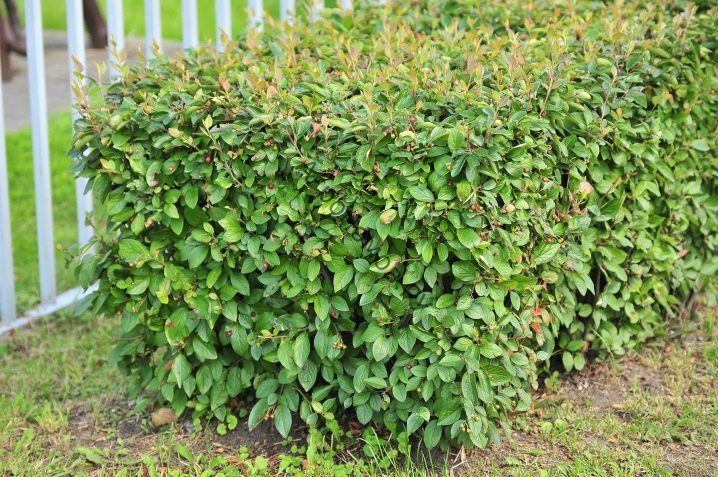
Peculiarities
The cotoneaster is a popular type of shrub, which serves to create a hedge of any shape and even original compositions on the site. The differences are rapid growth, ease of maintenance, and a number of other benefits that you should be aware of. The main advantage is the aesthetic appearance, the fence will look amazing with the onset of warm spring and until late autumn. The bright green hedge is pleasing to the eye; during the flowering period, it is covered with pale pink flowers, and then with fruits.
This plant does not need special care, it does not require specially prepared soil and complex care. The cotoneaster is not afraid of shady areas or an open sunny area. In addition, the plant copes with atmospheric pollution, they do not affect its development. Another plus is resistance to insects and various diseases, frost and drought.
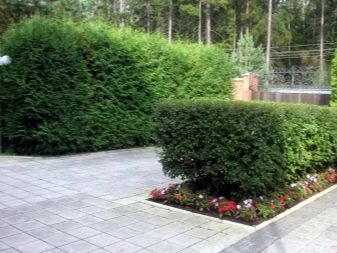
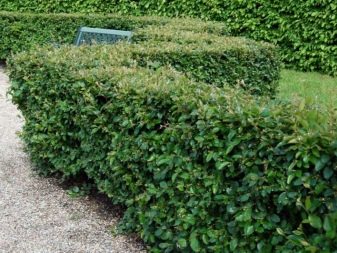
It is not a thorny plant, so it will be safe to care for it. On the downside, the only downside is that the cotoneaster attracts bees during flowering.
Selection of type and variety
This culture is divided into several varieties and varieties, a description of some of them is offered to your attention. If you want to create such a hedge on your site, first you need to familiarize yourself with the characteristics of a particular cotoneaster.
The entire shrub has a rounded crown, the height reaches 2 m, the leaves are ovoid, they are dark green on the outside and grayish on the inside. This cotoneaster pleases with white and pink flowers that grow in pairs. At the end of autumn, small fruits appear on the bush.
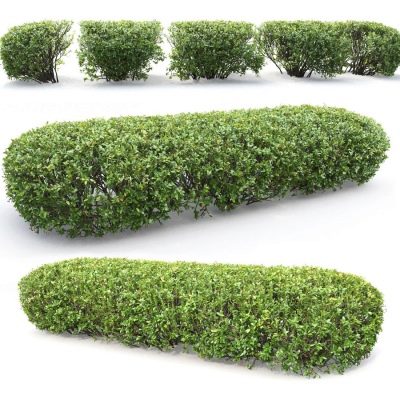
The brilliant variety has an upright stem and a dense crown, the height is the same as the previous species. The leaves of the shrub are pointed, resemble an ellipse, with the approach of autumn they turn into a purple hue, which looks beautiful.
Pink flowers can have three or more petals, which begin to appear closer to summer, the plant blooms for a month, then black fruits form on it, which remain until late autumn.
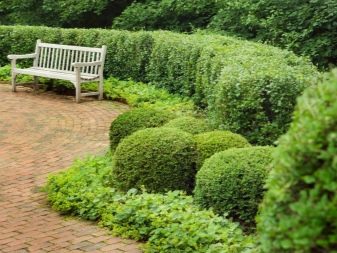
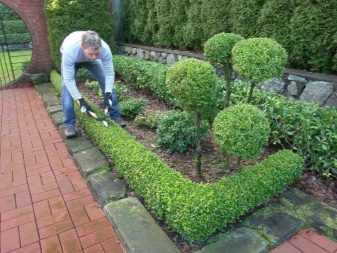
The black cotoneaster belongs to a frost-resistant variety that blooms for up to 25 days, inflorescences of a delicate pink hue appear on the bushes, and in the middle of autumn - brown fruits with a bluish bloom. This species can be called evergreen and fast growing. Each of the presented varieties can be used in landscape design, neat hedges come out of them.
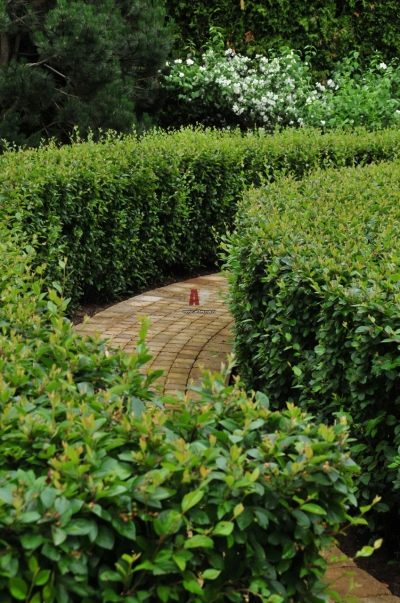
Landing nuances
To get a quality result, any plant must be properly planted. The hedge will turn out to be thick if you follow all the rules. The main one is landing in a step from each other (50 cm), if desired, this distance can be increased. Experts do it in a checkerboard pattern, this option is in great demand among landscape designers, as the result will be spectacular. The scheme can be chosen based on what exactly you want to see. If the hedge is to be thin and high, it is worth planting three bushes at a distance of 30 cm. For wide and low "fences" this form will not work - this can lead to the development of fungal infections.
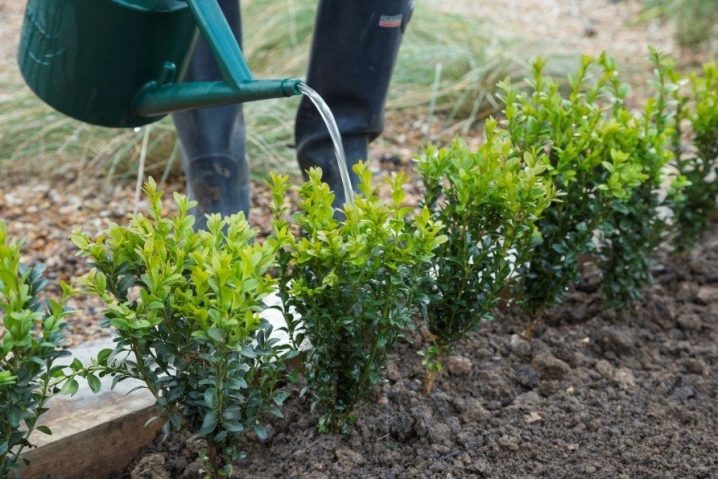
It is necessary to plant a shrub in the fall, before the first frost, so that the seedlings can take root in warm weather. Spring is also suitable for such a process, as long as the buds do not begin to bloom. Sometimes the cotoneaster is grown in pots, and after that it is planted in open ground, this can be done in the summer in cloudy weather, young bushes must be protected from the scorching sun at the very beginning.
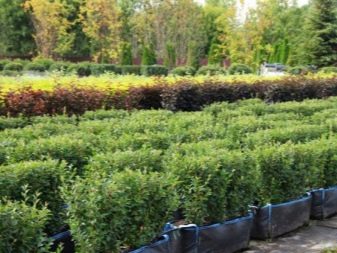
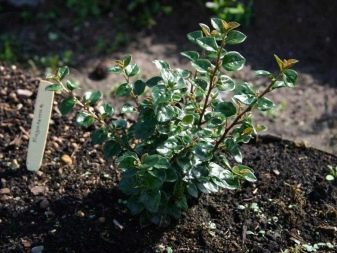
As for the soil composition or humidity, there are no strict requirements, it is recommended to choose a sunny site. Pay attention to clearing the area - there should be no weeds. The planting scheme is as follows: a separate hole is dug for each bush, to speed up the process, you can make a trench, the root collar must be covered with soil so that the root system begins to grow. At the bottom, drainage is made from pieces of broken brick or expanded clay, this will prevent decay.
As mentioned above, the cotoneaster does not need fertile soil, but for good development, experts recommend using humus, compost and peat to improve performance. The soil is poured over the drainage, the hole is filled by a third, then the seedling is located and covered with earth. At the finishing stage, the soil must be tamped, moistened and mulched (around the bushes), use foliage, sawdust or cut grass.
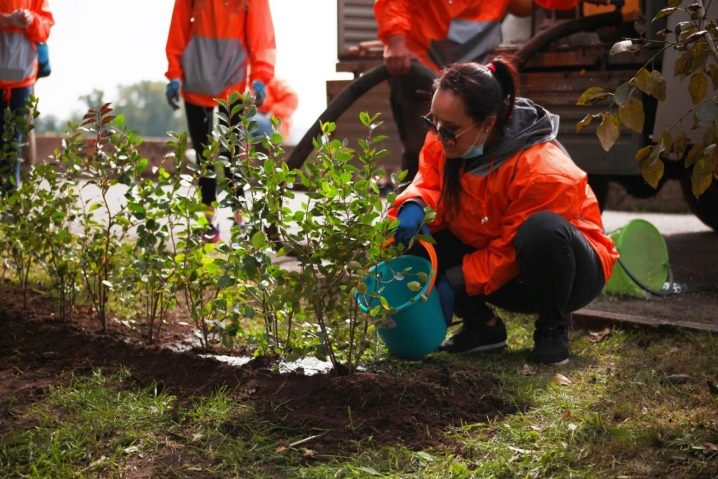
If you want to propagate the cotoneaster, you can use cuttings for this. Shoots are harvested before winter and stored in the basement in the sand. In the spring, they need to be cut into 10-20 cm so that a few buds remain on each, and then root.
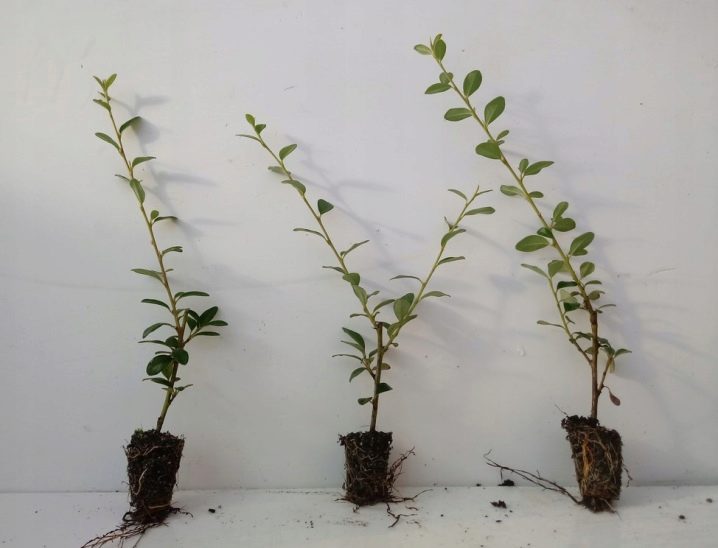
Care
It doesn't take long and doesn't require much effort. In the first year after planting, watering the cotoneaster should be done every two weeks in warm weather, if it is too hot outside, the frequency increases. The plant will look well-groomed only if it is regularly trimmed - this is an important step in the care.
Cotoneaster refers to shrubs that lend themselves to any shape, so you can show all your imagination to create a curly fence. The advantage is that it is a fast growing shrub, so any errors can be corrected soon. For a clear shape, it is better to use trellis shears with a rope. Sanitary pruning is also required, be sure to remove dried or damaged branches throughout the year.
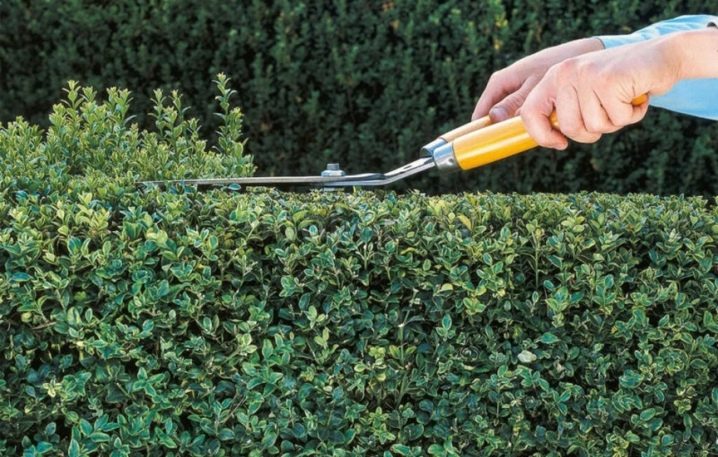
At the beginning of spring, it is necessary to carry out top dressing, for this you will need a bucket of water and a tablespoon of urea or mineral fertilizers. Shrubs are watered with this solution, the procedure can be repeated at the end of spring, before flowering begins.
If you live in a region where winters are too harsh, it is better to use insulation for plants, for this thick plastic wrap is suitable.
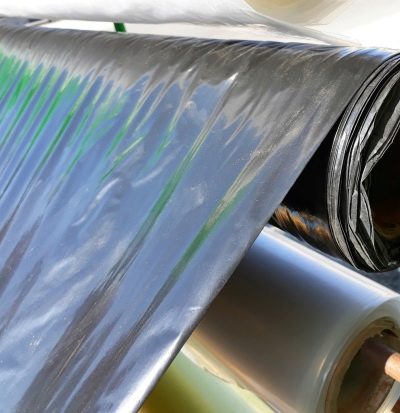
Formation
This is an important step in creating a hedge, where it is important to consider the growth rate, pruning time, cutting options, width and height of the fence. After planting, the shrub must be given freedom for two years, and after this time, the formation process must begin. It is important to limit the height of the plant so that there are no side shoots - this is ugly. You can outline the contours by determining the width of the shrub. First, pinch the side branches to ensure tillering, and as soon as they go beyond, prune.
The shape of the fence is created at your own discretion: it can be square or rectangular, the most lightweight. But if you want something more original, for example, a triangle or a trapezoid, you will have to put in more effort. Some owners make whimsical hedge figures or create waves that look unusual and original.
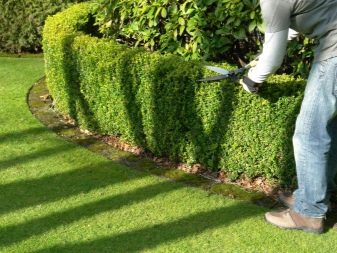

Diseases
Diseases rarely affect the cotoneaster, but this cannot be neglected. The plant can attract aphids, scale insects, or other pests. To prevent such a problem, it is better to take preventive measures. Initially, for arranging a hedge, it is better to choose an open area where there will be enough fresh air. Inspection of the shrub should be carried out regularly, if necessary, cut the damaged branches. If there are shriveled leaves on the shoots, this indicates the presence of apple aphids, which leads to complete drying. The diseased branches are removed and burned.
If the shrub is attacked by pests, fungicides, makhorka or tobacco are used. Fusarium can also infect the plant, so such areas are removed and the soil is disinfected.
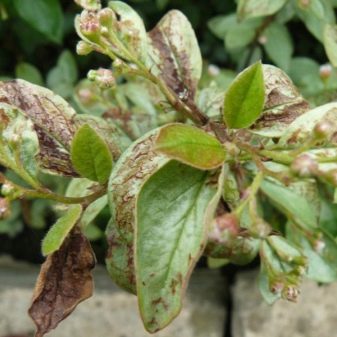

Examples in landscape design
To create a beautiful and well-groomed area, a brilliant variety of cotoneaster is often used, which can be combined with other plants. Such an ornamental shrub looks great with conifers. Below you can see beautiful examples of the use of this plant in different ways. The ability to give the shrub different shapes gives a great opportunity for creativity and the manifestation of imagination.
If you have long wanted to ennoble your site, isolate yourself from the outside world and revive the territory, you can safely choose any of the cotoneaster varieties to get started:
- such an unusual shape of the bush will not leave anyone indifferent;
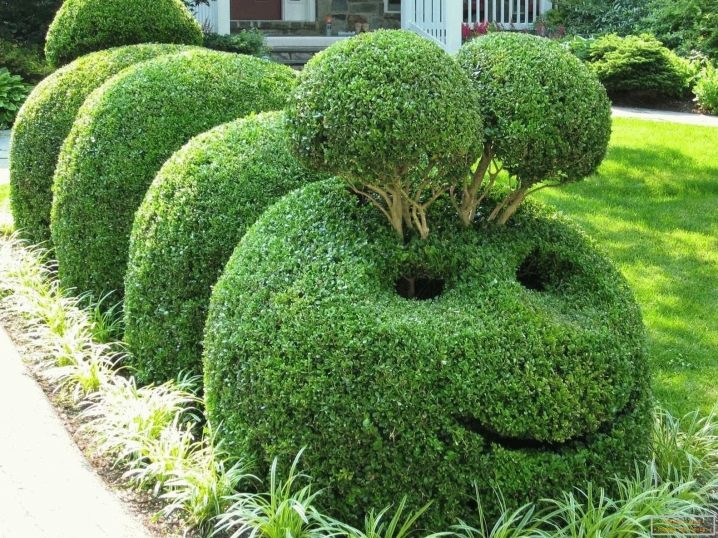
- spherical bushes look elegant and cute;
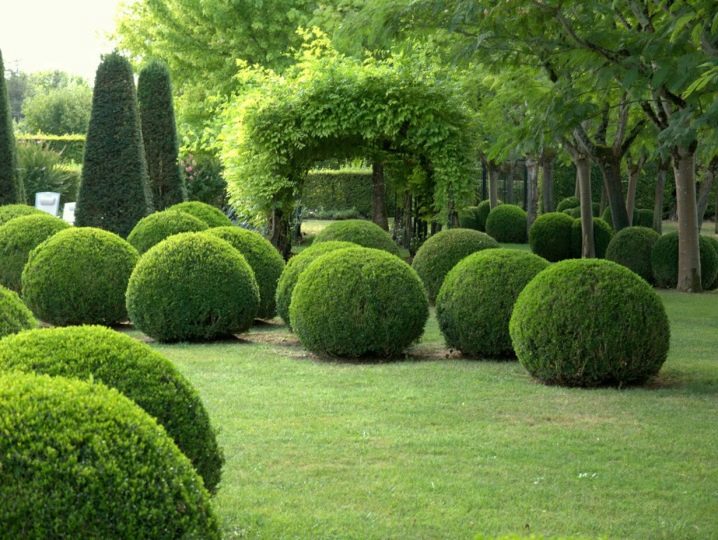
- the classic version of a low hedge from a brilliant cotoneaster;
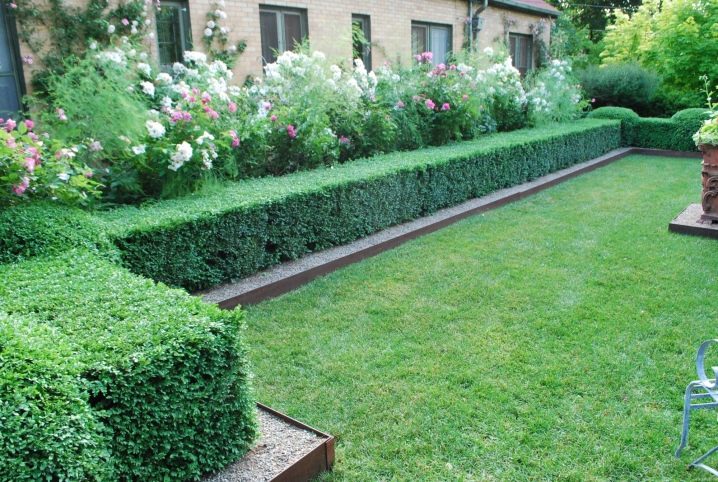
- look at these smooth, smooth lines;
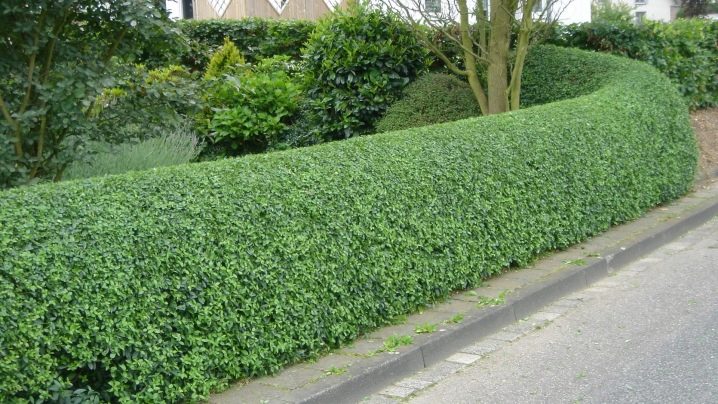
- behind such a high fence, you do not have to worry about your personal life;
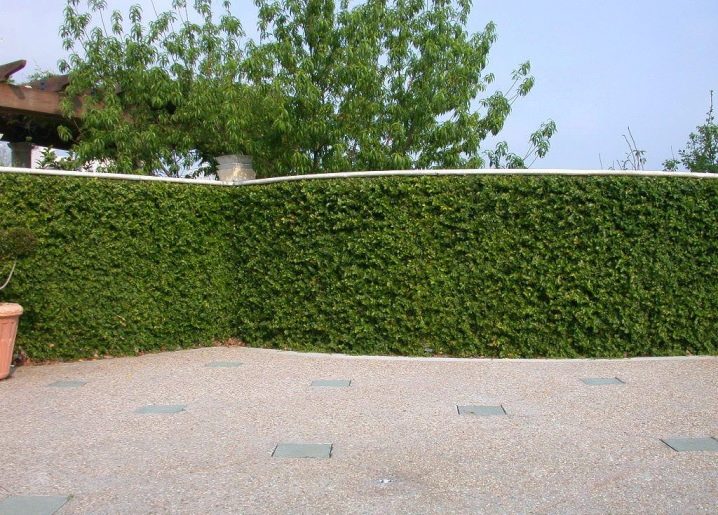
- a site with such a fence will look luxurious;
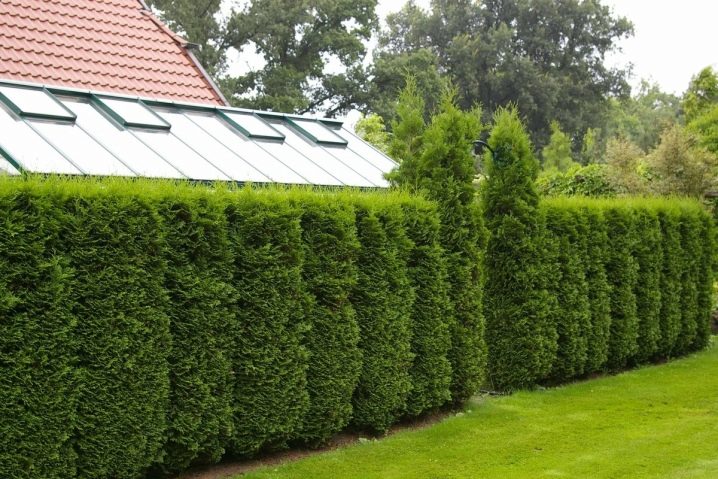
- but this will be the cotoneaster in the fall.
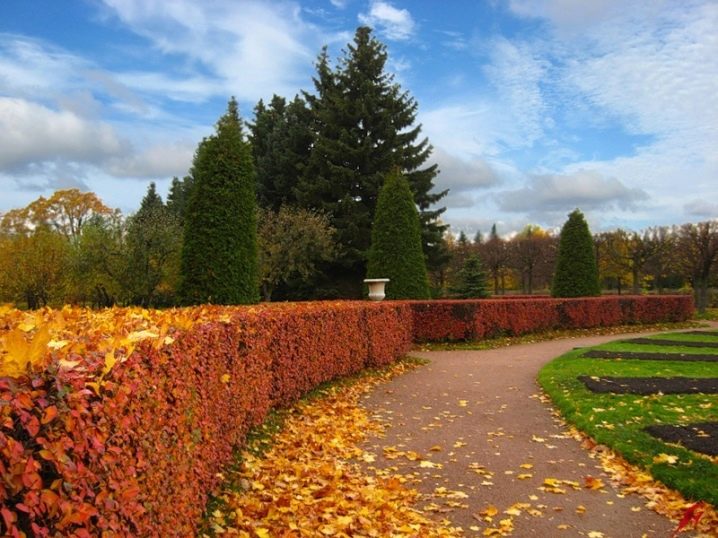

































































The comment was sent successfully.